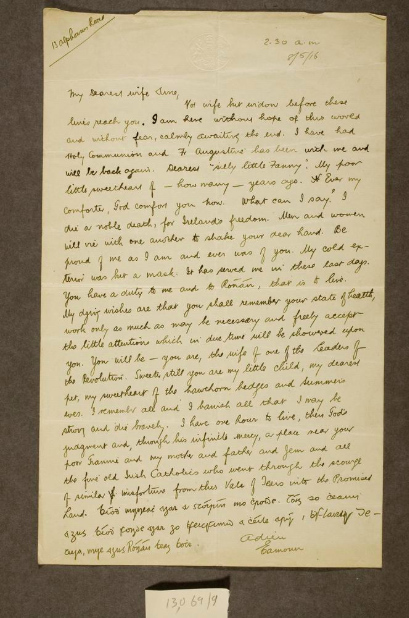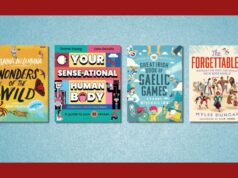The National Library of Ireland has uploaded four exhibits as well as five more mini-exhibitions to their website for viewers to explore from their homes. These exhibits provide up-close looks of rare documents and photographs, as well as a deep dive into the history of the Irish experience.
The 1916 Rising: Personalities and Perspectives
This exhibit explores the history of the events surrounding the Easter Rising of 1916, focusing specifically on those who set the stage, the seven signatories of the Proclamation along with the other executed men, casualties and locations, and its aftermath.
The prominent figures (signatories and the executed) have detailed summaries of their beginnings in life as well as their contribution to the Easter Rising, along with photographs of each of the men and documents they have written— for example, Éamonn Ceannt’s letters to his wife from jail are included in his section.
Yeats: The Life and Works of William Butler Yeats
This online exhibition (requiring Broadband and Flash) takes viewers through the personal (such as a school report from 1877), political, literary, and everything in between of William Butler Yeats’ life, ending with notable artifacts such as the ink blotter found on his desk prior to his death.
World War Ireland: Exploring the Irish Experience

View original artefacts, first-hand accounts and eyewitness testimony of the unique Irish experience through World War I. It draws on the National Library of Ireland’s collection of letters, diaries, recruitment posters, cartoons, and more dating between 1914–1918 to tell a story of those who lived through WWI.
The Dublin Lockout
Drawing upon the NLI’s extensive historical and literary collections, this exhibit combines both original documents with multimedia presentations to walk viewers through the personal experiences of those who lived through the Lockout of 1913. Aspects such as Jim Larkin’s hastily scribbled advice to union colleagues on the eve of “Bloody Sunday” and the opinions of present-day commentators through short films and interactive touch screens are freely accessible to explore the background, events, and aftermath of the conflict.
Find the mini-exhibitions of the National Library of Ireland here.
By Alex McKenna













